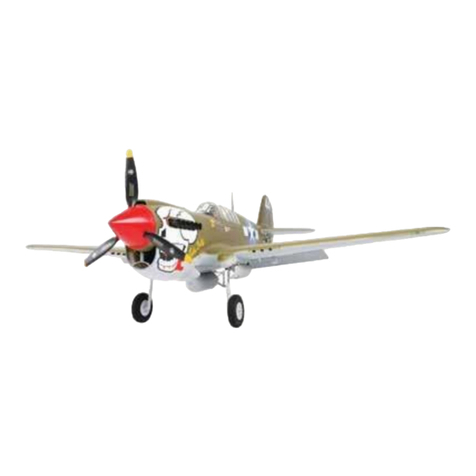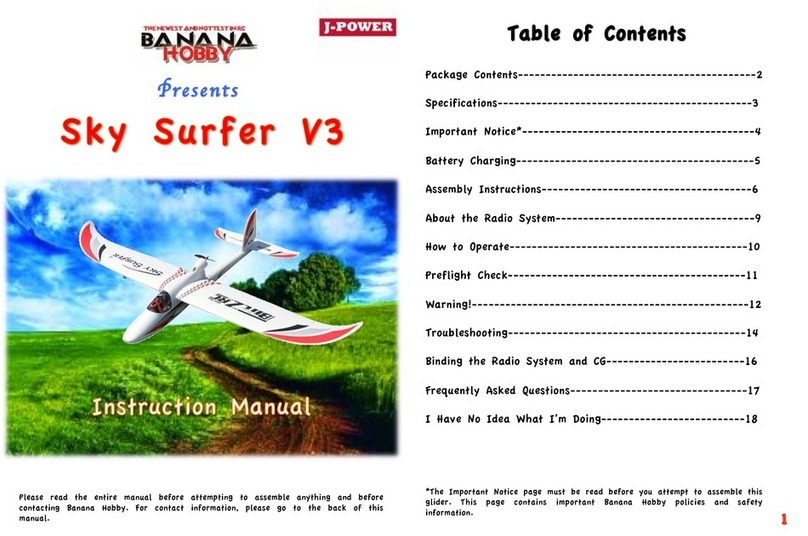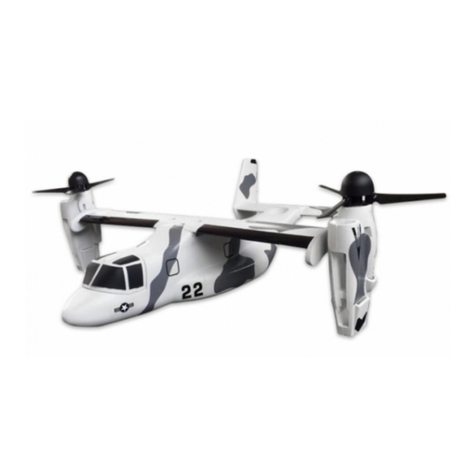
ELEVATORS: All the pushrods come is separate bags, the hardware is very tiny, take special
precaution not to lose any. Adjust both ends of the Pushrod, make sure that both ends have
an even spacing. In the example below, the left side is a lot shorter than the other end. On the
flying surface side, there are two positions for you to adjust the travel, on this example we
used the top hole and same on the Servo side. Since not much travel is required on the L-39,
on the servo side, use the lowest hole possible and on the flying surface side use the top hole.
Control Throws: Use the lowest hole possible on the servo arm and the highest
hole on the control surface. Since the required travel is very small on all, but the
rudder on all of our flying surfaces, in order to get the best resolution / control
from your radio, adjust the surfaces to your liking, we recommend settings that
will give you more control over the entire range.































